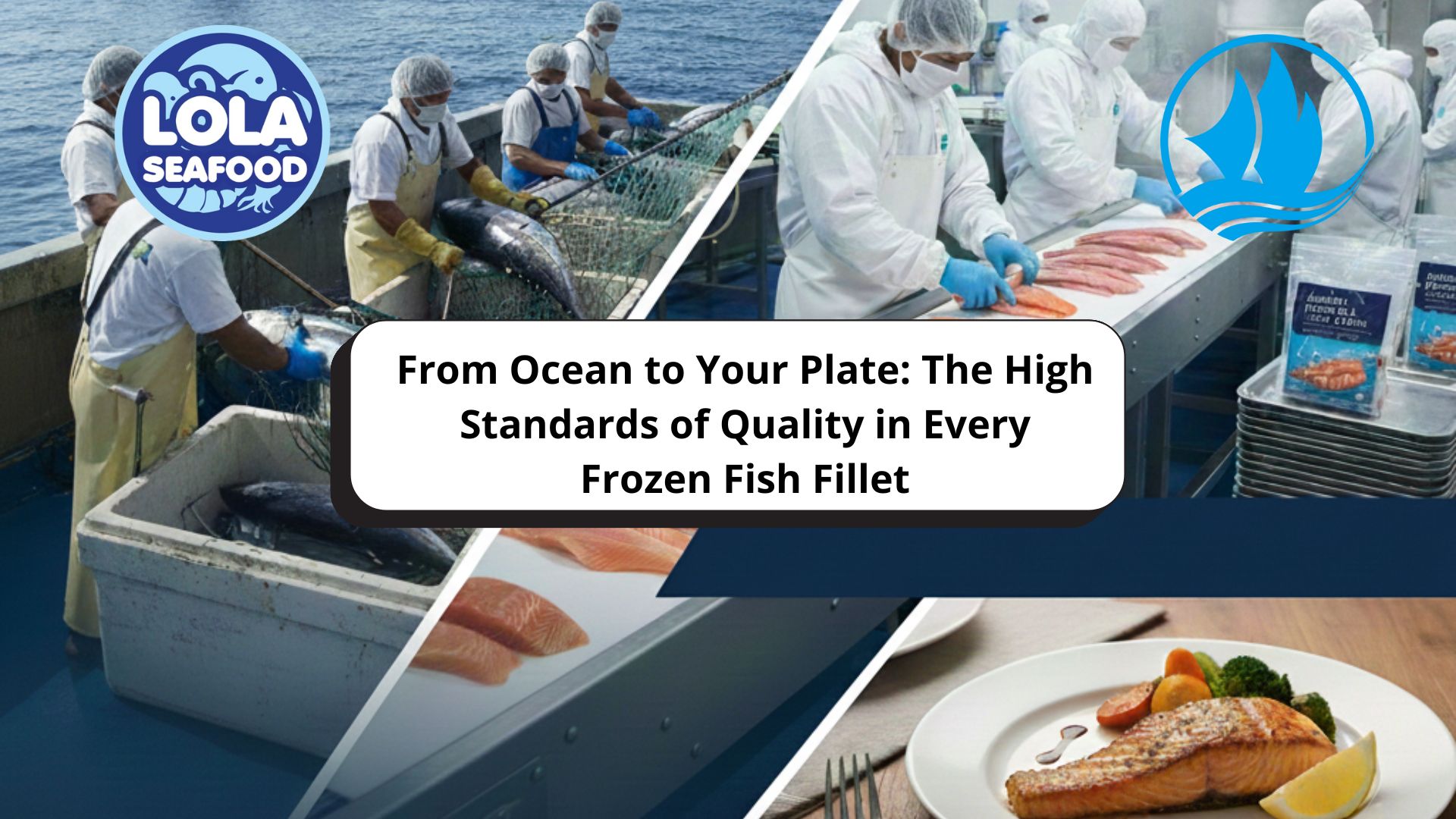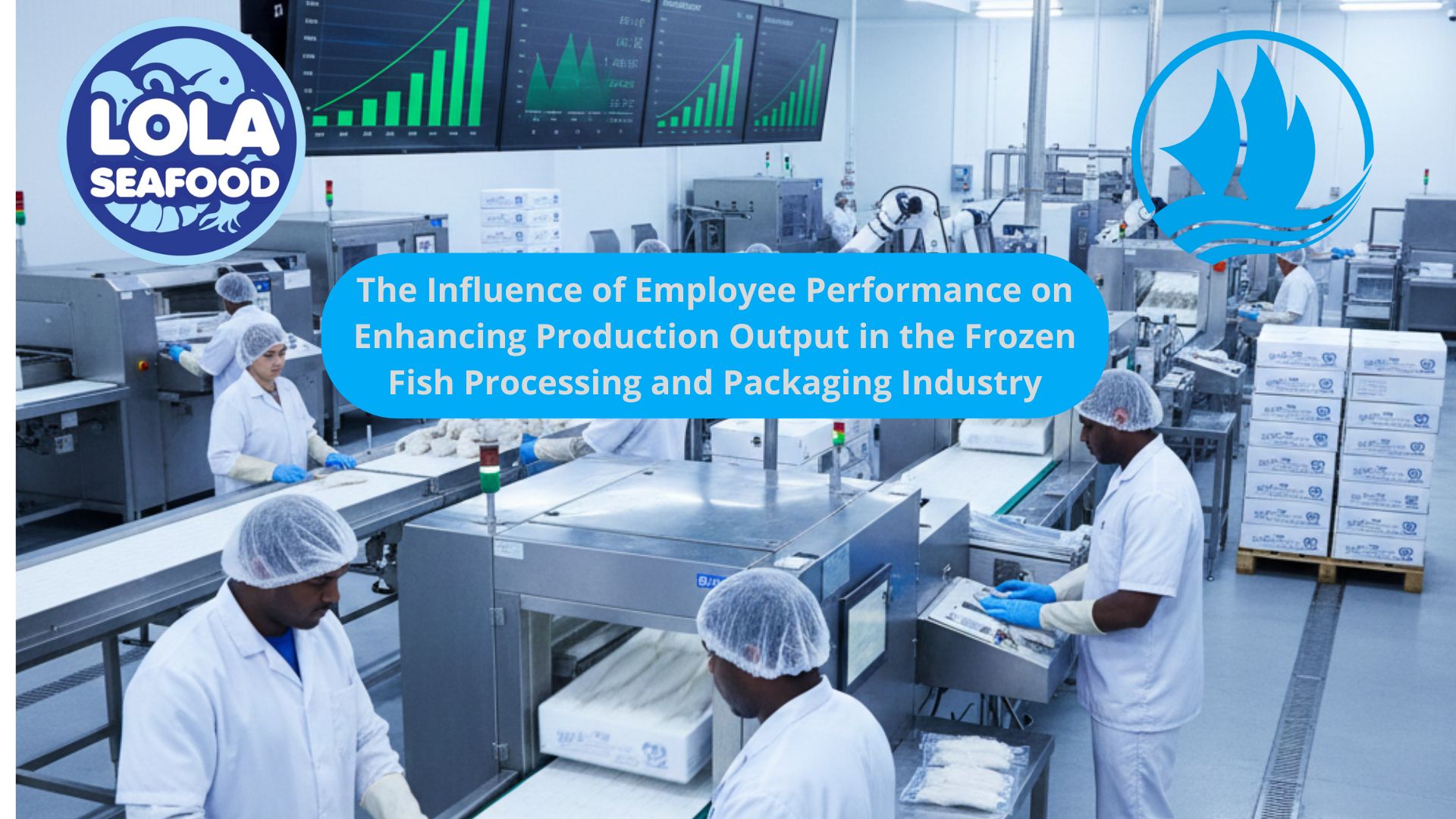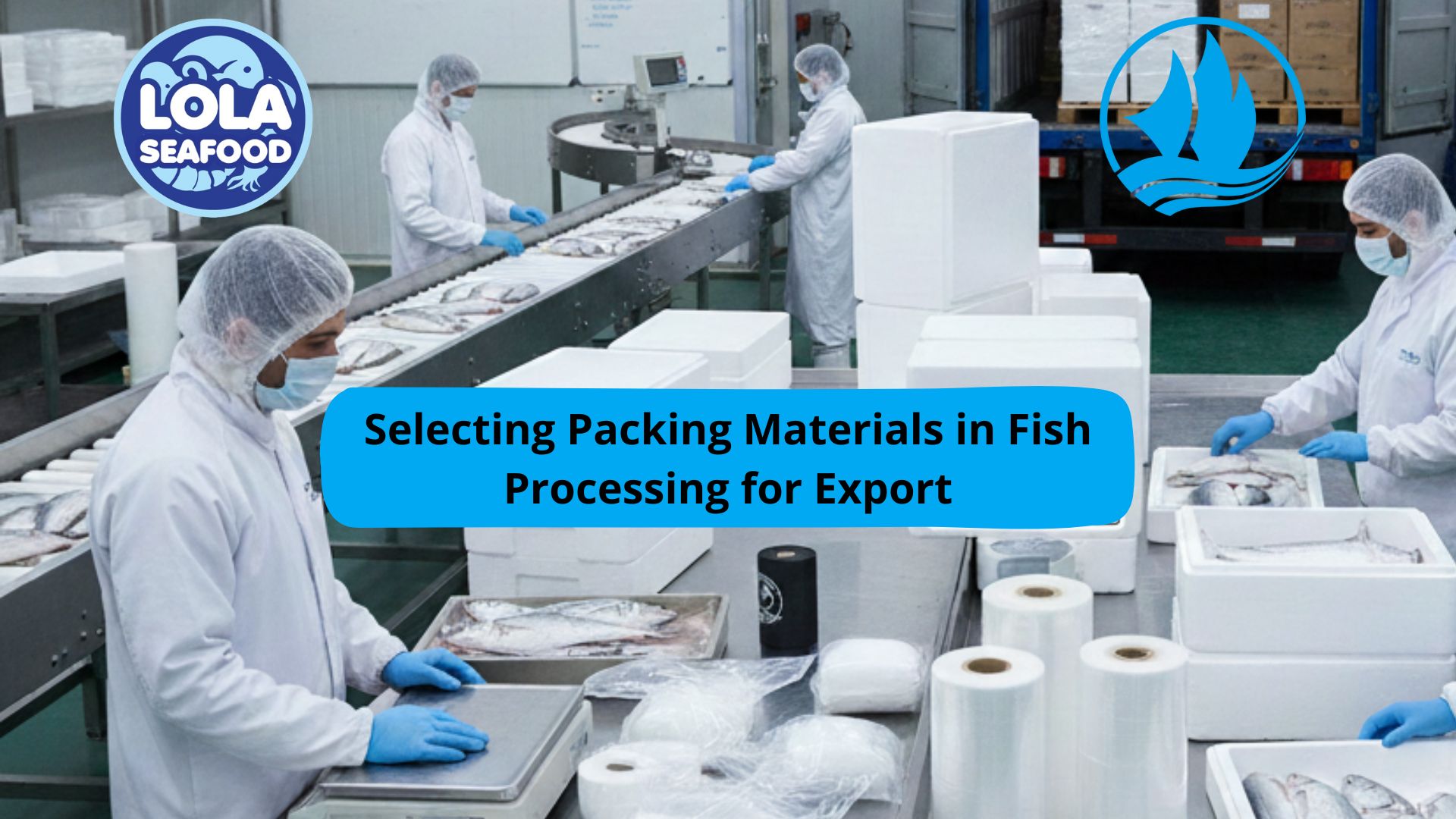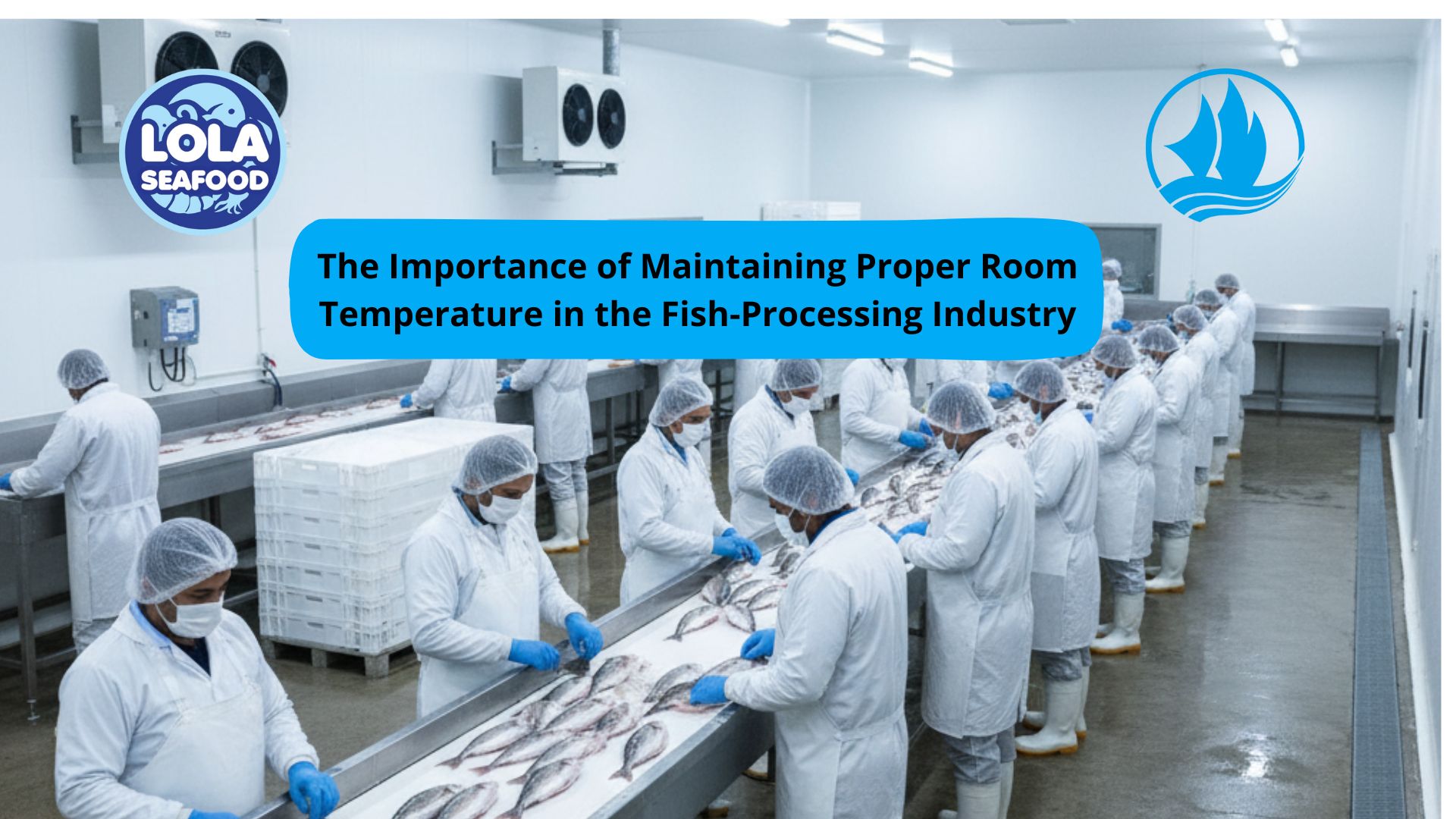The Effect of Temperature in Maintaining Seafood Quality
By. Kusni - 15 Sep 2025.jpg)
Kelolalaut.com Seafood is one of the most delicate food products in the supply chain, prized for its freshness, flavor, and nutritional value. However, it is also highly perishable and vulnerable to spoilage if not handled under the right conditions. Among all factors that influence seafood quality, temperature control plays the most critical role. From harvest to processing, storage, transportation, and retail, maintaining the correct temperature is key to ensuring seafood remains safe, nutritious, and appetizing.
Seafood contains high levels of moisture and nutrients, making it an ideal environment for bacteria to grow when kept at improper temperatures. As soon as seafood is harvested, natural enzymatic and microbial processes begin to degrade its freshness. The only way to slow these processes is to keep the product cold. When seafood is stored above recommended temperatures, spoilage bacteria multiply rapidly, leading to unpleasant odors, texture changes, and potential foodborne illness risks. Maintaining the right temperature preserves not only the safety but also the flavor, color, and nutritional profile of the product.
The Ideal Temperature Range
For fresh seafood, the ideal storage temperature is close to 0°C (32°F), just above freezing but without allowing ice crystals to form. At this temperature, bacterial growth is minimized, and the product stays fresh for a longer period. Frozen seafood, on the other hand, should be kept at -18°C (0°F) or below. This deep freeze halts microbial activity almost entirely, allowing the product to be stored for months without significant quality loss—provided the cold chain is maintained consistently.
The Cold Chain and Its Importance
The term cold chain refers to the continuous temperature-controlled supply chain that seafood must pass through from the moment it leaves the ocean until it reaches the consumer. Breaks in the cold chain, even for a few hours, can compromise product quality and safety. For example, if frozen shrimp are exposed to warmer temperatures during transportation, partial thawing can occur, followed by refreezing. This leads to changes in texture (known as freezer burn) and potential microbial contamination. Maintaining proper temperature throughout distribution is therefore non-negotiable for any seafood business.
Effects of Improper Temperature
- Accelerated Spoilage: Seafood stored too warm deteriorates quickly, shortening its shelf life.
- Nutrient Loss: Vitamins such as B12 and omega-3 fatty acids may degrade when exposed to fluctuating temperatures.
- Texture Changes: Proteins break down faster at higher temperatures, causing seafood to become soft or mushy.
- Increased Food Safety Risk: Pathogens like Vibrio and Listeria can grow rapidly at unsafe temperatures, posing health hazards.
Best Practices for Temperature Control
Rapid Cooling After Harvest: Use ice or refrigerated seawater immediately to bring the product temperature down.
- Continuous Monitoring: Employ thermometers or digital temperature loggers to ensure products stay within safe limits.
- Proper Storage: Keep seafood in well-ventilated cold rooms or freezers, avoiding overloading which can block airflow.
- Training Staff: Ensure workers understand the importance of temperature control and follow correct handling procedures.
Temperature is the single most important factor in maintaining seafood quality from ocean to plate. Consistent cold storage slows spoilage, preserves nutritional value, and protects consumers from potential health risks. By investing in proper temperature control systems and enforcing strict cold chain management, businesses can deliver seafood that meets the highest standards of freshness and safety—strengthening customer trust and brand reputation.
If youre interested in our Cobia Whole Round / Whole Gilled Gutted , Cobia Fillet Skinless and Cobia Fillet Skin On please do not hesitate to contact us through email and/or Whatsapp




.jpg)

.jpg)

.jpg)